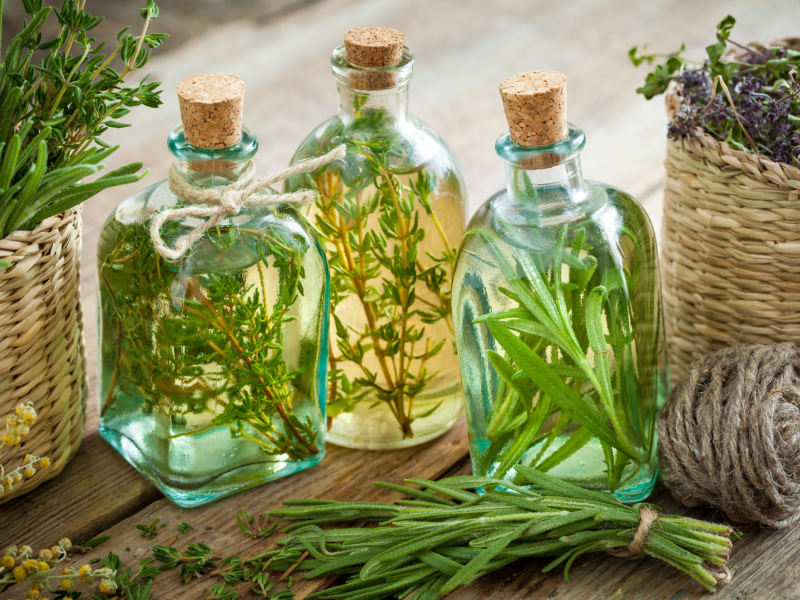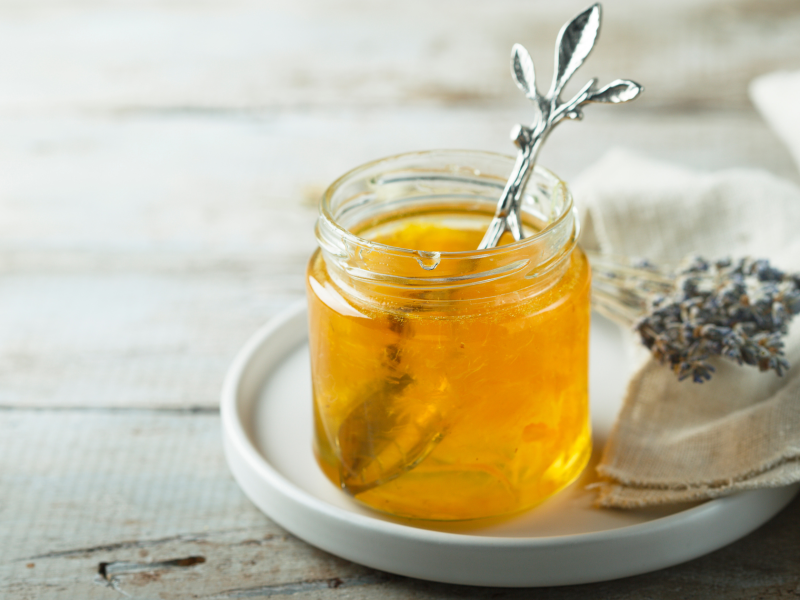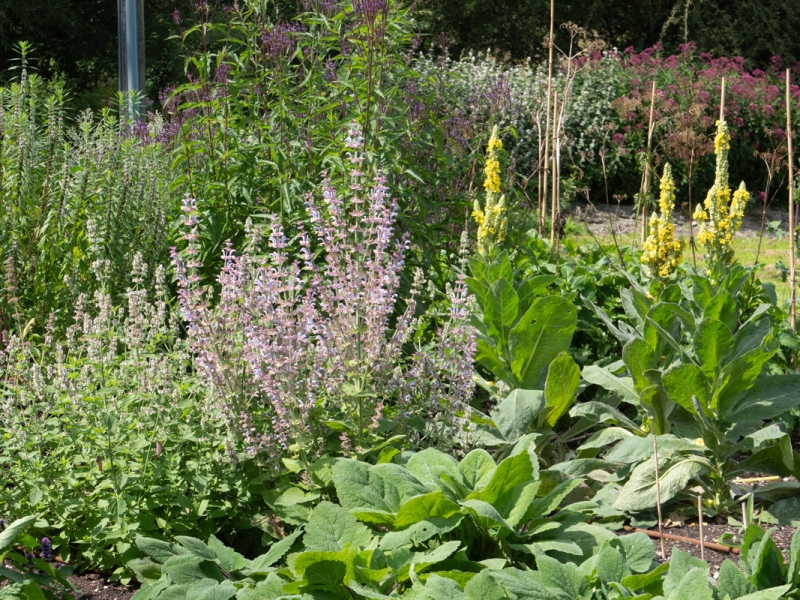Description
Packed with antimicrobial essential oils, thyme is an important remedy for respiratory and digestive health. It is also a favourite of bees.
Like sage and oregano, thyme is another herb that is equally at home in the kitchen cupboard as it is in the home apothecary. It has a long history of use dating back to the Ancient Egyptians who used it as an ingredient to embalm mummies. We now know that this is likely to have helped act as preservative due to its antifungal and antibacterial properties.
The plant is an evergreen woody perennial that grows to around 40cm tall. As with most Mediterannean herbs it prefers full sunshine and well-drained soils. It actually thrives in poor soils and struggles in rich soils, so choose its position carefully. It is very drought resistant and can be a good cover plant for hot dry areas.
Sown from seed it will flower in its first year, but it’s not until its 2nd year that it will turn into a thick carpet of pink, buzzing with bees when the sun shines.




















Reviews
There are no reviews yet.